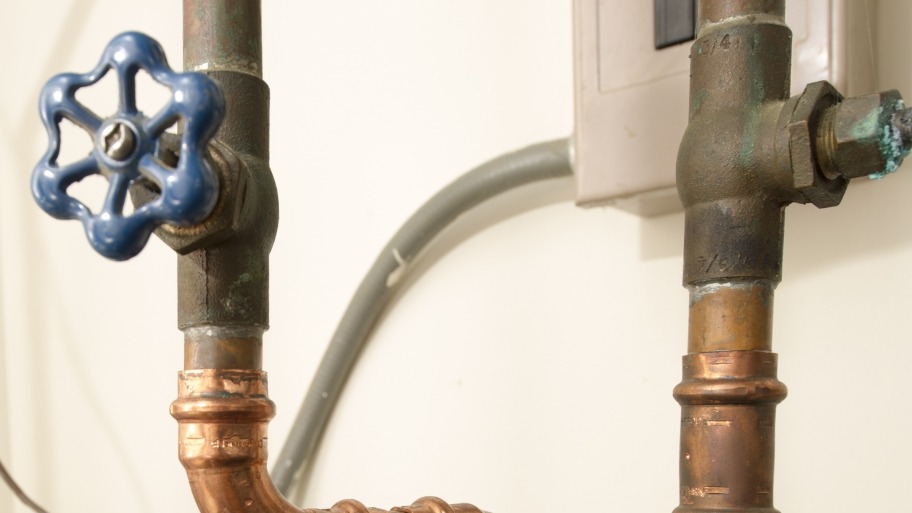By using our website, you agree to the use of cookies as described in our Cookie Policy
Emissions Testing: Covering the Basics

What’s the purpose of emissions testing?
Emissions testing ensures that your vehicle meets the standards set by the Environmental Protection Agency (EPA) to minimize air pollution. Specifically, the purpose of this test is to measure levels of carbon dioxide, hydrocarbons, carbon monoxide and other emissions.
Are emissions tests required?
Emissions testing is required in a majority of states, but not every single one. Requirements vary by state (and sometimes by city). The age of the car can also be a factor. If you’ve recently moved to a new state, check with the DMV to find out what is required.
Do all vehicles have to get tested?
In general, fully electric vehicles (EVs) will always be exempt from testing because they don’t emit pollutants. Hybrid vehicles may still need emissions testing because they run partially on an internal combustion engine.
Check with your DMV before purchasing a new type of vehicle. Reminder: Emissions testing requirements vary by state and city.
What happens if your vehicle fails emissions testing?
Unfortunately, you will have to repair the issue and take the emissions test again. There may be a grace period in which you can keep driving, but you’ll ultimately need to pass the emissions testing so your vehicle can stay legally registered.
These are the most common reasons for failure:
- Levels of hydrocarbon or carbon monoxide are too high.
- An exhaust sample couldn’t be taken due to another issue.
- The on-board diagnostics (OBD) isn’t working.
- Loose gas cap.
If your vehicle fails an emissions test, your mechanic can identify the necessary repairs.
Have questions about your car insurance? Get in touch anytime.
‹ Back






